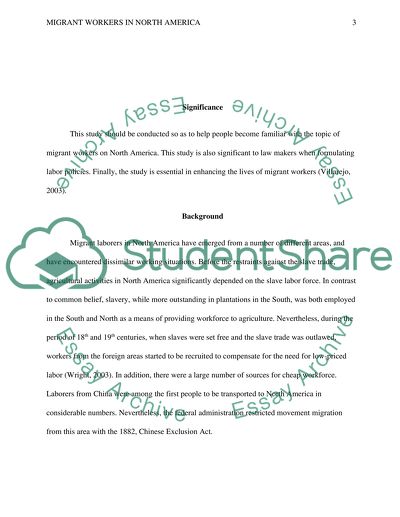Cite this document
(“Migrant Workers in North America Research Proposal”, n.d.)
Retrieved from https://studentshare.org/history/1466574-migrant-workers-in-north-america
Retrieved from https://studentshare.org/history/1466574-migrant-workers-in-north-america
(Migrant Workers in North America Research Proposal)
https://studentshare.org/history/1466574-migrant-workers-in-north-america.
https://studentshare.org/history/1466574-migrant-workers-in-north-america.
“Migrant Workers in North America Research Proposal”, n.d. https://studentshare.org/history/1466574-migrant-workers-in-north-america.


